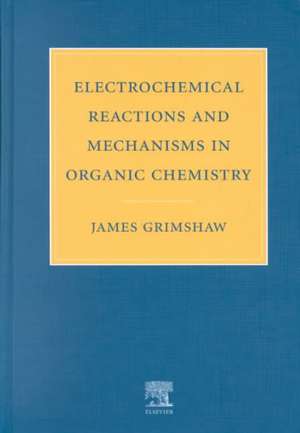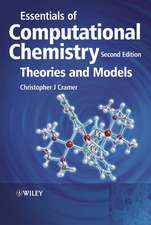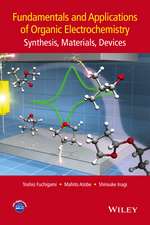Electrochemical Reactions and Mechanisms in Organic Chemistry
Autor J. Grimshawen Limba Engleză Hardback – 30 noi 2000
Preț: 1993.36 lei
Preț vechi: 2730.63 lei
-27% Nou
Puncte Express: 2990
Preț estimativ în valută:
381.55€ • 414.59$ • 320.71£
381.55€ • 414.59$ • 320.71£
Carte tipărită la comandă
Livrare economică 21 aprilie-05 mai
Preluare comenzi: 021 569.72.76
Specificații
ISBN-13: 9780444720078
ISBN-10: 0444720073
Pagini: 416
Ilustrații: 1
Dimensiuni: 156 x 234 x 24 mm
Greutate: 0.76 kg
Editura: ELSEVIER SCIENCE
ISBN-10: 0444720073
Pagini: 416
Ilustrații: 1
Dimensiuni: 156 x 234 x 24 mm
Greutate: 0.76 kg
Editura: ELSEVIER SCIENCE
Cuprins
1. Electrochemical Oxidation and Reduction of Organic Compounds. 2. Oxidation of Alkanes, Haloalkanes and Alkenes. 3. Alkenes and Conjugated Alkenes, Reduction. 4. Reductive Bond Cleavage Processes - I. 5. Reductive Bond Cleavage Processes - II. 6. Oxidation of Aromatic Rings. 7. Reduction of Aromatic Rings. 8. Alcohols, Amines and Amides, Oxidation. 9. Aldehydes, Ketones and Carboxylic Acids, Oxidation. 10. Reduction of Carbonlyl Compounds and their Derivatives. 11. Reduction of Nitro, Nitroso, Axo and Azoxy Groups.












